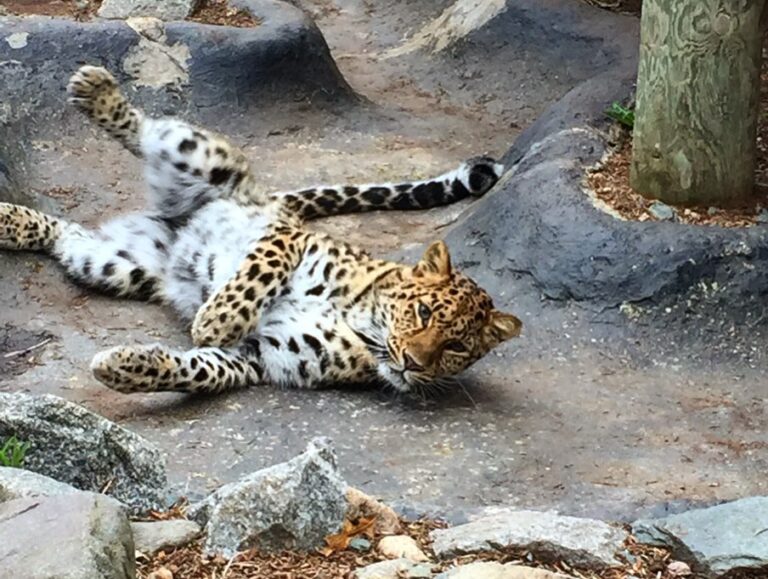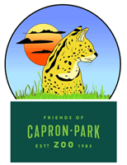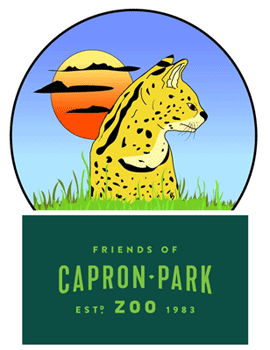Zoo History

Capron Park Zoo is municipally owned and operated by the City of Attleboro. The Zoo’s earliest days were made possible through community support. This was initiated by a penny drive led by Attleboro school children in 1925. That effort ultimately led to the opening of Capron Park Zoo in 1937. The Haford A. Capron family donated the land and Capron Park and Zoo was designed by the firm of Frederick Law Olmsted, the noted landscape architect who laid out Central Park in New York City.
Since the Zoo’s founding, numerous buildings, facilities and exhibits have been added over time: The Lion Building, Otter Building, Sadler Building, Nocturnal Building, an amphitheater, Rainforest Building, an Animal Treatment Facility. In the mid-1980’s, the Zoo underwent a major redesign of the park and upgrade to meet federal zoological maintenance standards. This four-year restoration effort included a concession stand, zoo offices, gift shop, restrooms and a classroom. The popular SplashPad recreational area was added in 2010. Most recently, the Capron Building Nocture Exhibit underwent a one-year renovation and reopened to the public in the fall of 2024.
Throughout the year, the Zoo offers activities and educational programs dedicated to furthering the understanding of animals from all over the world. The Education Department offers a Docent Program, special events, summer programming, vacation week programs, story hour, on-site Zoo class programs and outreach programs.
Capron Park Zoo is an accredited member of the Association of Zoos and Aquariums (AZA) and Association of Zoo and Aquarium Docents (AZAD), and participates in the Species Survival Plan program to help ensure the survival of selected species in zoos and aquariums, most of which are threatened or endangered in the wild. Currently, the Zoo houses two critically-endangered species: 1) Red Ruffed Lemurs and Black Lume Lemur, one of two species in the genus Varecia, native to Madagascar, and occurring only in the rainforests of Masoala; and, 2) an extremely rare, small marsupial that belongs to the genus Bettongia and is endemic to Australia.
Each year, Capron Park Zoo welcomes more than 120,000 visitors, with its busiest day seeing approximately 2,000 visitors.

